International enrolments in US ELT fell by 50% in 2020
- The number of international students studying in Intensive English Programmes (IEPs) in the US fell by 50% in 2020 compared with 2019
- The degree of the decline is on par with that observed in Australia and less steep than decreases experienced in the UK, Irish, and Maltese ELT sectors – all declines set in the context of COVID
- 54% of students enrolled in US IEPs intend to go on to other types of study in the US
International enrolment in Intensive English Programmes (IEPs) in the US fell by 50% in 2020 compared with 2019, and student weeks by 51%, according to the new data from the Institute of International Education (IIE) released as part of its annual Open Doors reporting. The data was collected via a survey conducted of 362 IEPs – both those within higher education institutions as well as independent centres – throughout the United States.
In total, the survey finds that 37,365 international students studied in US IEPs for a total of 514,685 student-weeks during the 2020 calendar year.
The IIE notes that the decline in the US, while steep, was not as severe in other leading source markets including the UK (-84%), Malta (-80%), and Ireland (-73%). Australia’s 2020 enrolments fell off by -47%, about the same percentage as in the US, while Canada’s were down by 56%. The COVID-related damage to ELT sectors across the major destinations also follows a downward trend in enrolments observed in 2019, pre-COVID.
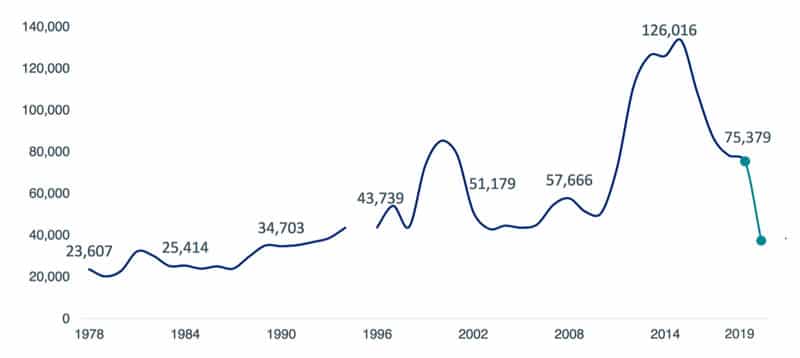
Business disruption but also innovation
While 90% of reporting IEPs said that COVID had negatively impacted their business (including 8% who permanently closed down programmes), the same proportion said that the crisis had led to innovation, as shown below.
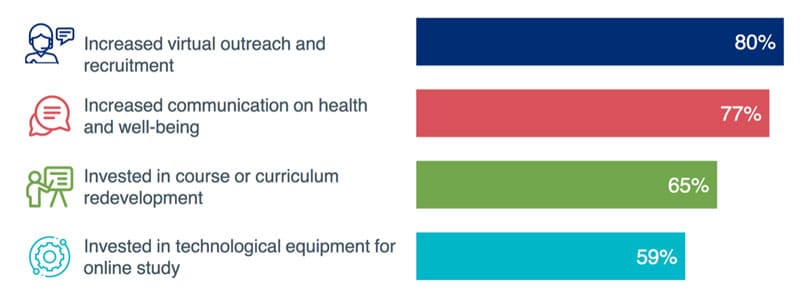
Altogether, the following chart shows the most common business impacts reported by responding IEPs.
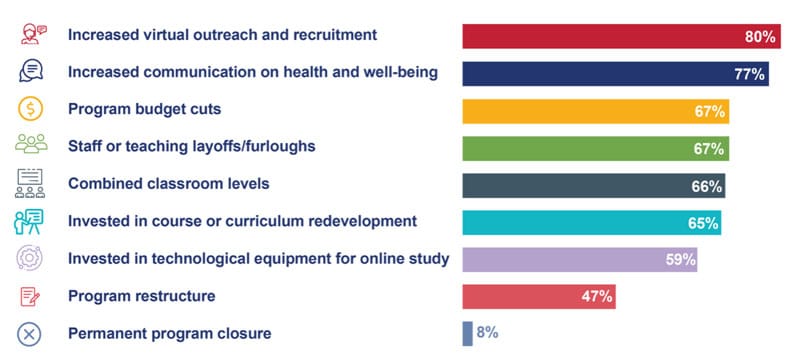
While most IEPs pivoted in the summer of 2020 to offer primarily online instruction (89%), by fall of 2020, their offerings were more balanced and included more hybrid and in-person options.
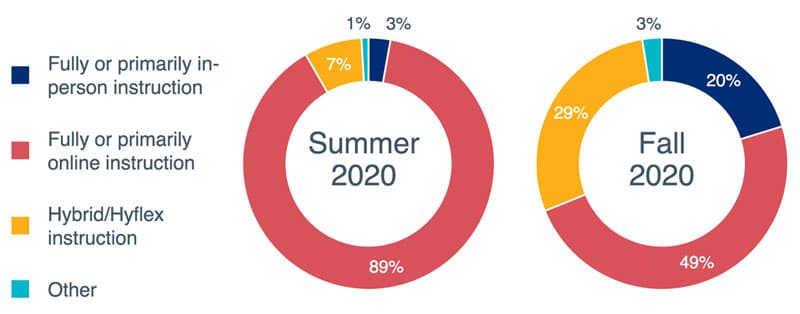
Top sending markets
The share of students in the top cluster of source markets grew in 2020 to 71%: China (9,136), Saudi Arabia (6,880), Japan, (5,285) Brazil (2,637), and South Korea (2,628). In 2019, the top five markets accounted for 66% of the total. Chinese students alone made up 25% of all US IEP enrolments in 2020, up slightly from 23% in 2018. Saudi Arabia’s 18% share moved up significantly from 12%, and Japan’s was down a bit from 16% in 2018.
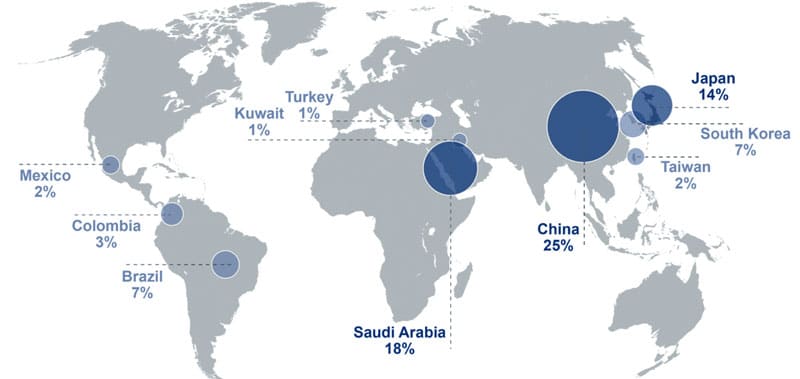
Reflecting the importance of ELT to overall international education systems and programme levels in the major destinations, 54% of US IEP students say they are going to continue into other, non-IEP levels of study in the country.
For additional background, please see:
Most Recent
-
ICEF Podcast: Engine of growth: The true value and impact of the international education sector Read More
-
Global higher education enrolments expected to grow through 2035, but new challenges must be addressed Read More
-
Canada: A case study of immigration policy impacts on postsecondary institutions and the wider economy Read More
















